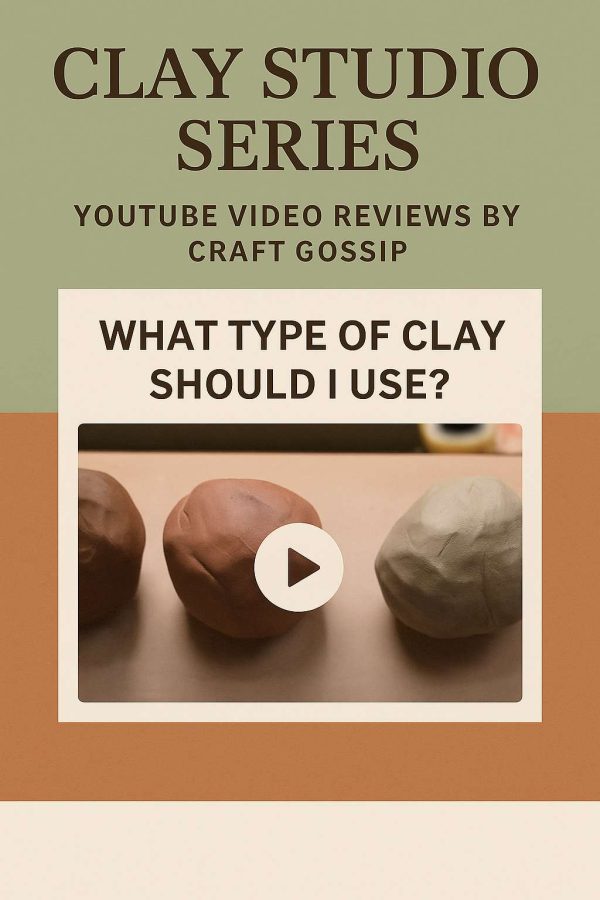Well, where I live, winter has been here a while but I hear there are places it shows up in December. I figured I’d put this out there in time for the rest of you to enjoy it – 2 Good Claymates excellent snowflake tutorial. I like this tutorial because it is a lot like making flower canes. Arranging the snowflakes branches is very similar to the petals on the flowers, which made it easy for me to get reasonable results. I made a pearly white on translucent snowflake so that I could overlay it on other work. One piece of advice there is to add opaque white to the pearl white if you do that. All pearl is too similar to the translucent in value once it is baked – it doesn’t show up enough!
You should definitely check out their shop for more tutorials and tons of lovely polymer clay art work.
Looking for more polymer clay texture tools? Check these out on Amazon.

I really like these cute canes. We can always use something here in FL to remind us that it does snow somewhere.